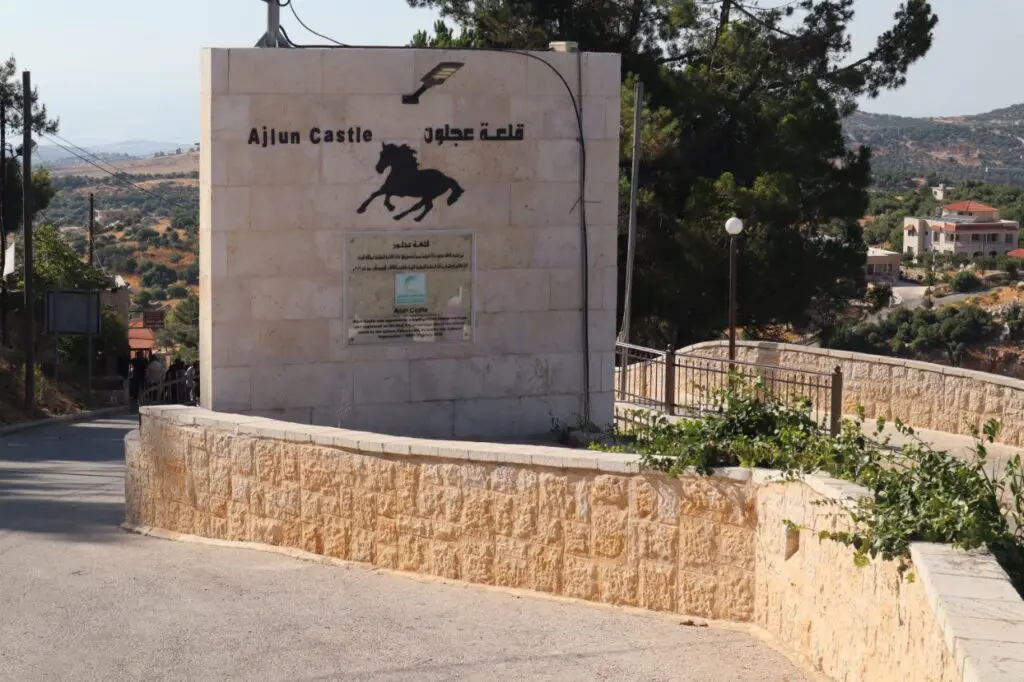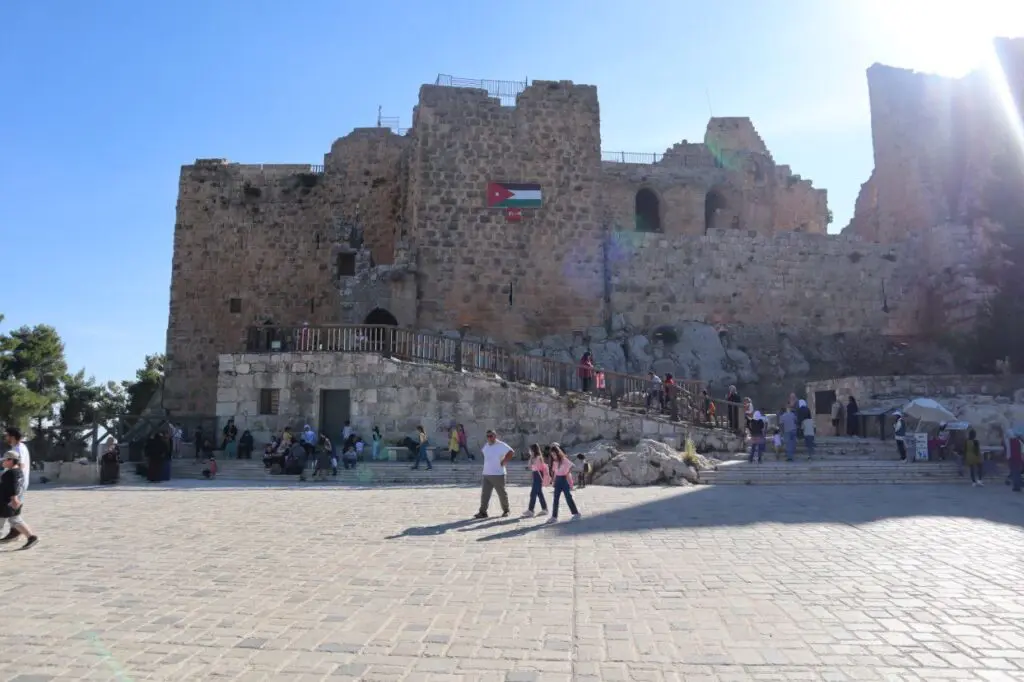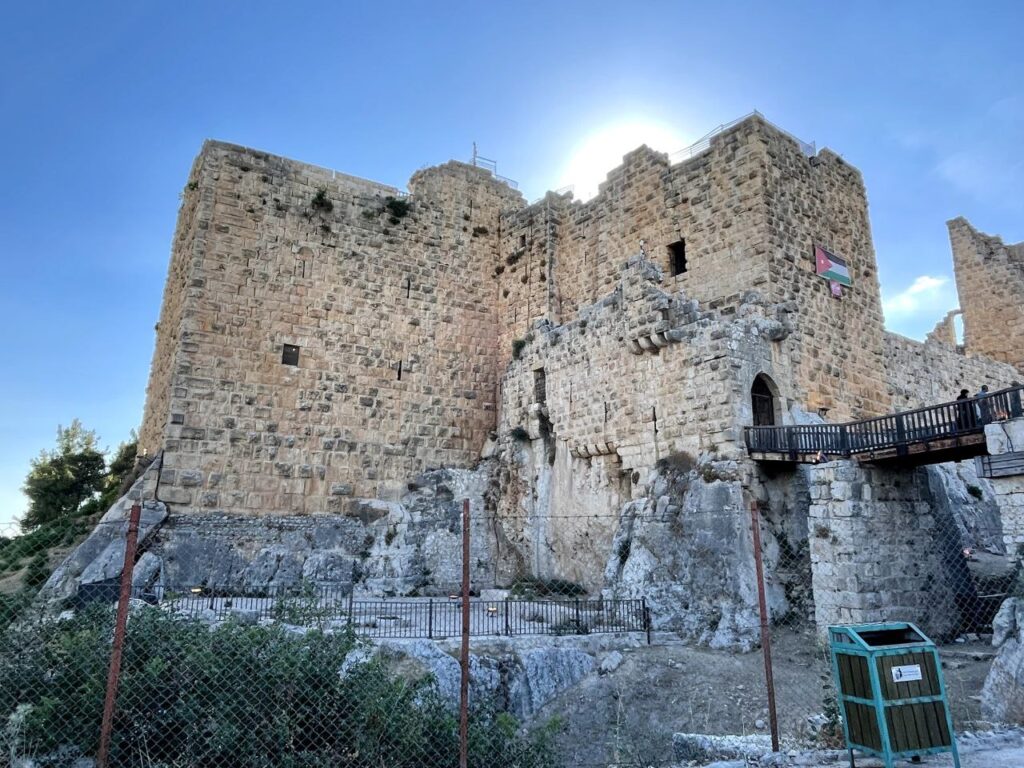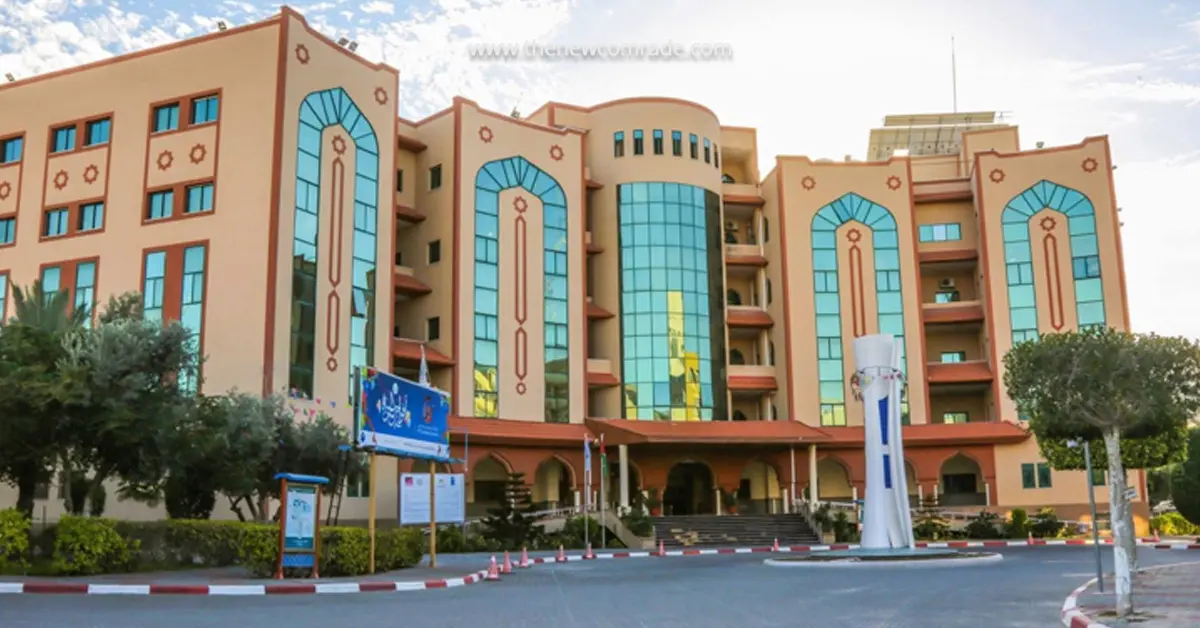In 1099 AD, the Crusaders invaded Jerusalem and established the Kingdom of Jerusalem. They then occupied the south Jordan and built castles in Shawbak and Karak (1142 AD). It was Salahuddin, founder of the Ayyubid dynasty (1171-1250 AD), who eventually drove the Crusaders out. Jerusalem fell to Salahuddin after victory Cover the Crusaders at Hittin in July 1187 AD. Following the battle of Hittin, the fall of the most important crusader fortresses of the region Karak, Salad, Belvoir and Shobaki meant that the control of the read from Damascus to Cairo shifted to the Ayyubids. Areas Following the battresses of the most important in 1250 AD. The Mamluks, who were war generals, serving under the Ayyubids, fought vigorously against the Crusaders in Egypt until they revolted against the Ayyubids in 1250 AD. The Mamluks reached Jordan in 1263 and ruled the area of Ajloun from the castle. They defended the region against Mongol attacks from the east, defeating them in the famous battle of Ayn Jalut (1258 AD).
Islamic Military Architecture
Ajloun Castle was never taken by the Crusade armies and is considered one of the great examples of Islamic Ayyubid military architecture. Various defensive strategies were incorporated into its construction.
The castle stands 1,100 meters above sea level atop of an elevated hill. It has seven towers built from limestone blocks cut from the moat around the castle. Four of the towers were part of the original construction, while the fifth and sixth were built during the castle enlargements. The L-shaped Tower 7 was added by wrapping around the building at its southeast corner for extra fortification. A stone inscription on Tower 7 states the date 611 AH/1214 AD.
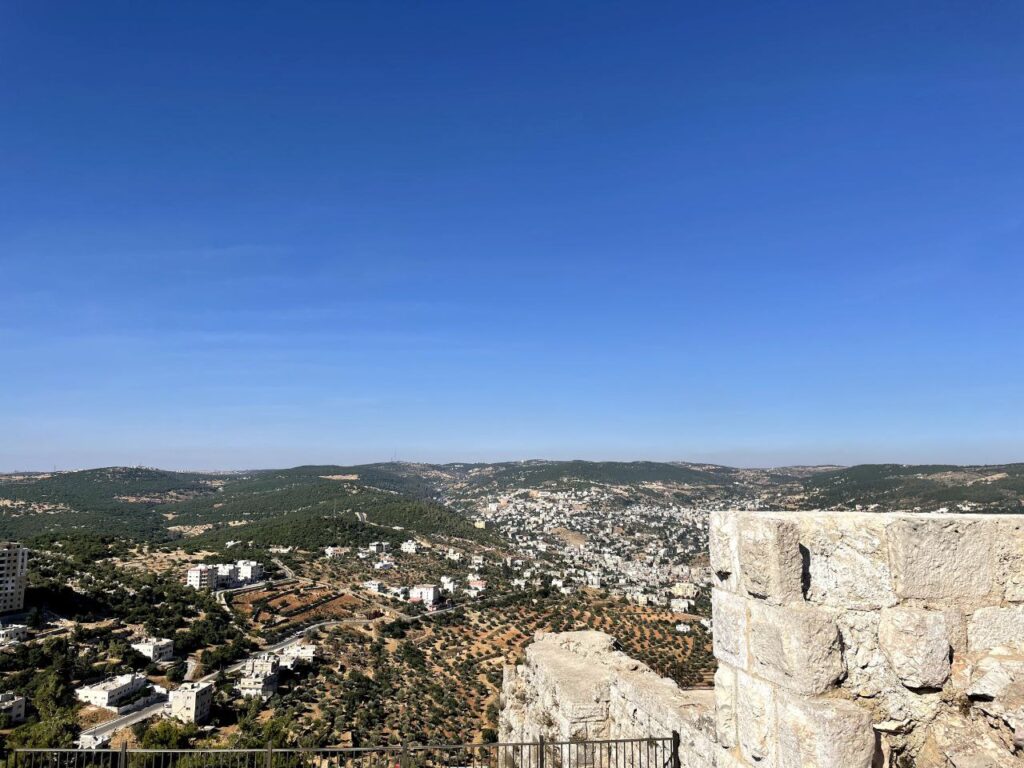
The Ayyubids and Mamluks were skillful masons and masters of an exquisite roofing system composed of barrel or cross vaults. Some of these vaulting systems were used for very high ceilings, providing a sublime space underneath. Several spaces were also left unroofed to allow natural sunlight to penetrate into the different levels of the castle.
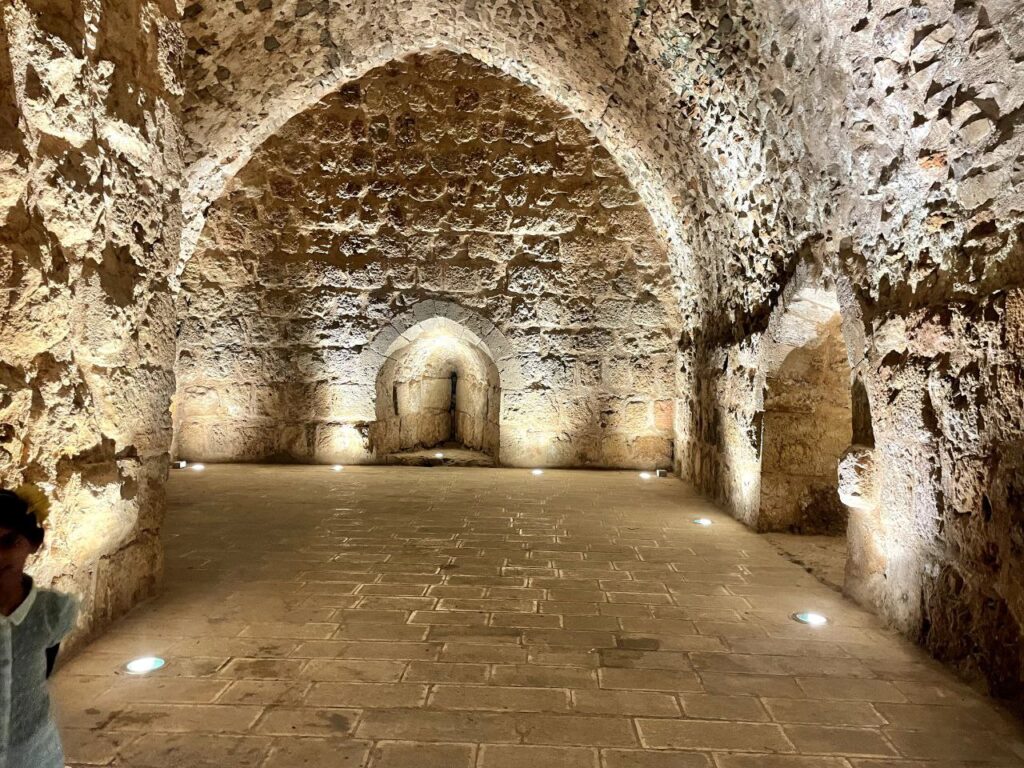
Keeping Invaders Out
Ajloun Castle was well prepared for the many attacks that were made on it. Several key Ayyubid and Mamluk military defense mechanisms were built into the castle. The dry moat (fosse) is the first line of defense, which makes it difficult to reach the castle except through the gates.
Arrow slits can be seen at various levels of the towers and are the most widespread feature of Ayyubid fortification. They are wedge-shaped openings that narrow to a slit. Later arrow slits in the upper levels of the castle built after 611 AD/1214 AD were: made up of removable stone blocks inserted into a wide window opening allowing more than one soldier to be located on the stone windows and giving them a better view.
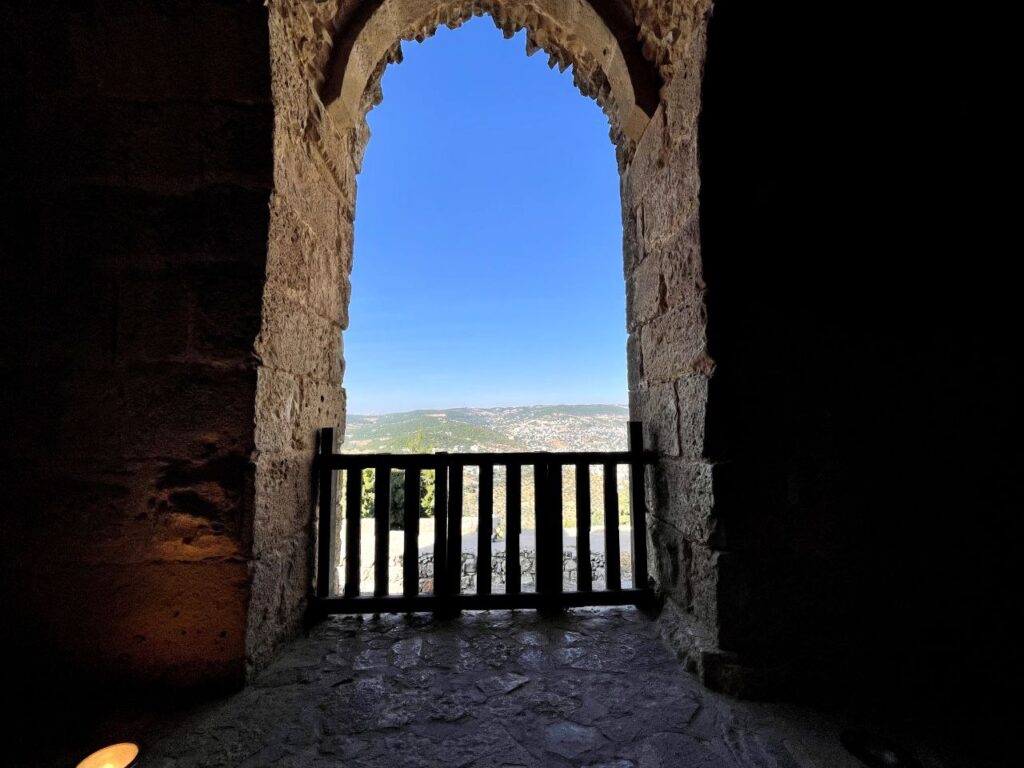
Box machicolations are gaps left in the floor between the supporting stone corbels above the main gates through which stones, boiling water and oil could be dropped on enemy soldiers. The towers were also important to defense, as soldiers were situated on the top levels to throw fire balls on attackers and observe all the roads leading to the castle.
Getting into the Castle
There are two main castle gates, the Barbican Gate and the Portcullis Gate, and three secondary ones.
The Barbican Gate was built first and eventually became the main and only entrance to the castle after expansions made other gates obsolete. It is accessed via a moveable bridge over a dry moat and is fortified by two defensive towers. This gate leads through an angled (L-shaped] entrance to a second gate known as the Portcullis gate for the defensive iron grills between its arches.
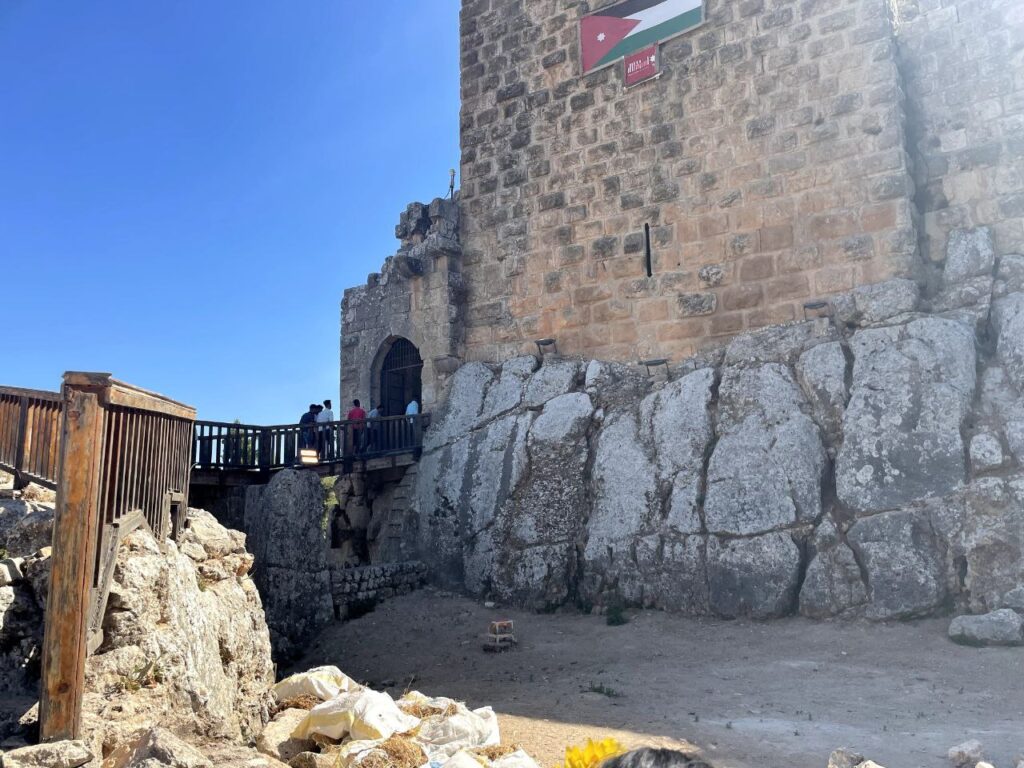
The Portcullis Gate consisted of a latticed metal grill that could be lowered to prevent passage. The gate leads to an entrance hall that retains portions of the original flooring and plaster, in addition to a rain-water collection system visible today. The castle has many other gates. These include a gate leading to the lower level of Tower 7, one that led to the castle mosque at the second level of Tower 7, and a gate to the soldiers’ sleeping and headquarter areas at the lower level of the castle.
Weaponry
A wide range of artillery was used for battle at .Ajloun castle. These included catapults, swords poisoned arrows, spears and metal shields. Animal Skins knitted into balls with traces of gun powder and oil were found near the castle these were probably bombs manufactured by the Ayyubids.
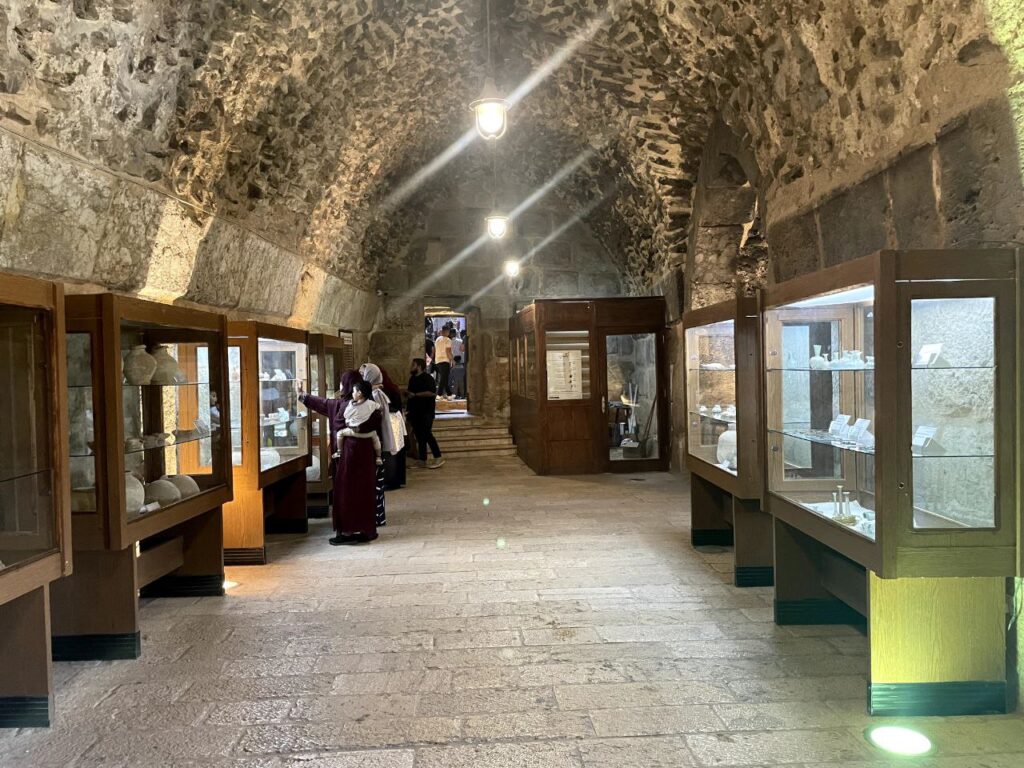
Poison was extracted from snakes and maxed with pastored weeds The mixture was put in basins of copper and arrow-heads were heated and dipped into the mature. Remnants of some of these poisoned arrows still exist in the castle.
More Photos
